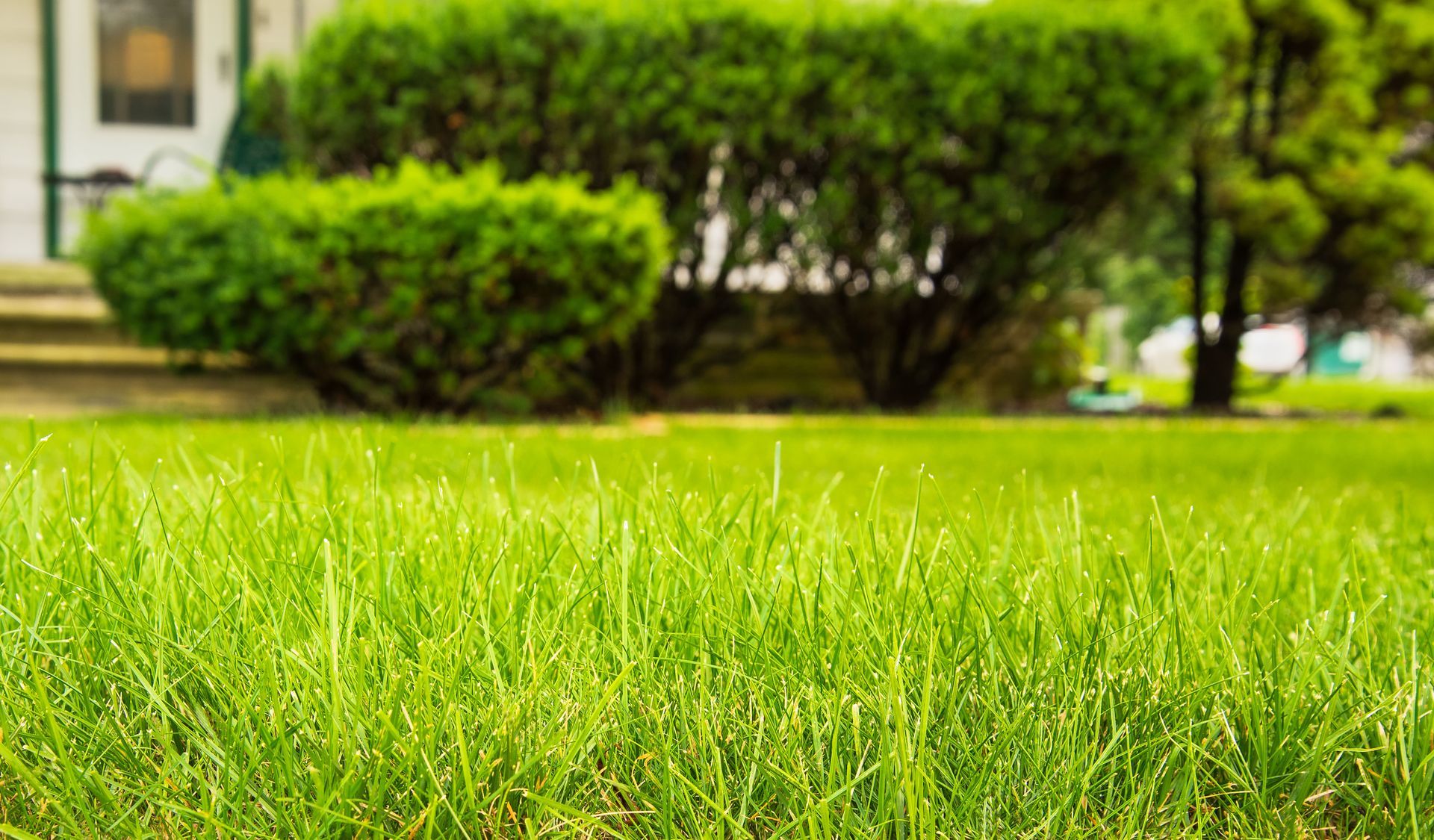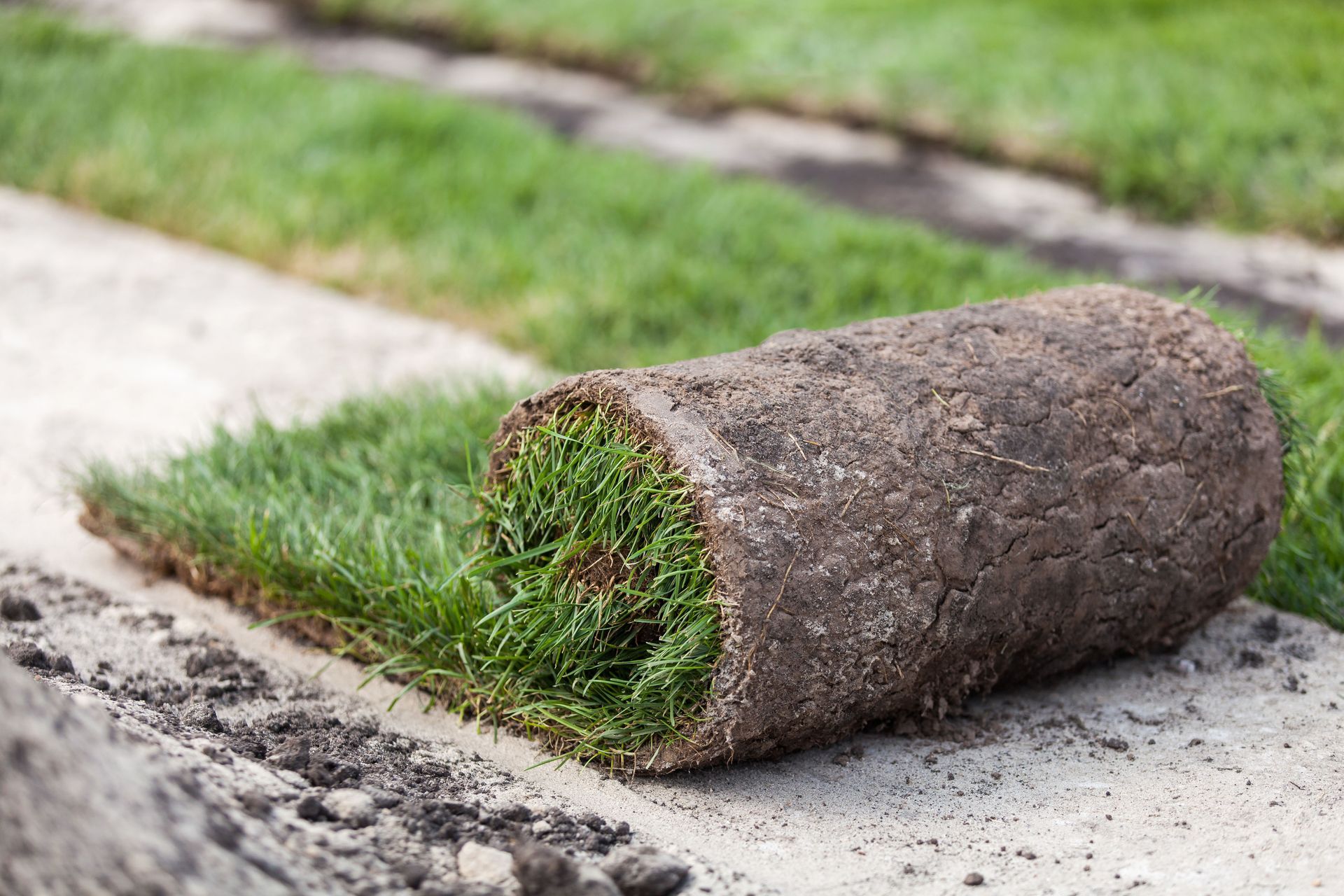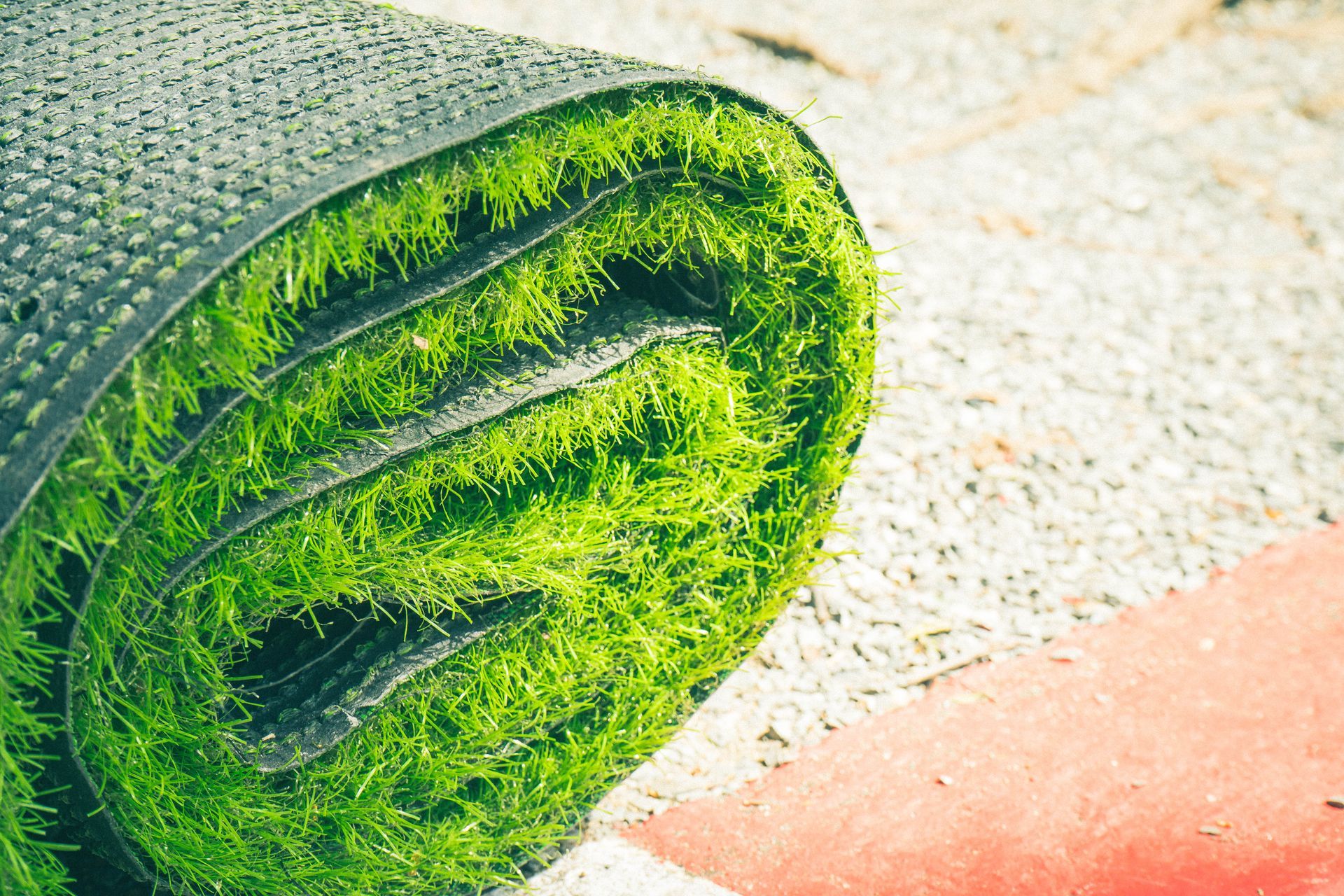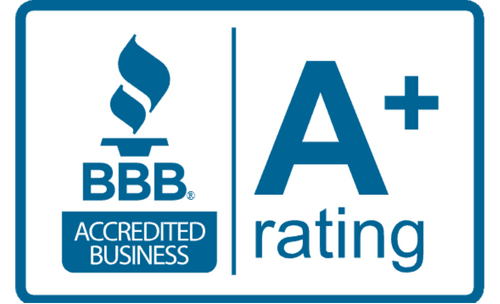October 13, 2025
Artificial lawns have revolutionized the way we approach landscaping, offering a sustainable and aesthetically pleasing solution for homeowners and commercial properties alike. This article explores why artificial turf is becoming a game-changer in the hardscaping industry, examining its benefits, challenges, and future prospects. The growing popularity of synthetic grass reflects a shift in consumer priorities towards more sustainable and low-maintenance options. Its adaptability to various environmental conditions and applications further cements its role as a versatile choice in the market. As hardscaping continues to evolve, artificial lawns are poised to redefine the future of landscape design.
Environmental Benefits
Water Conservation
One of the most significant environmental advantages of artificial lawns is water conservation. In areas where water scarcity is a pressing concern, homeowners and businesses are looking for ways to minimize water usage. Artificial turf requires no watering, which can save thousands of gallons of water each year. This is especially relevant in regions prone to droughts, where water conservation efforts are of paramount importance. By reducing water consumption, artificial lawns not only save this precious resource but also result in lower water bills, offering an economic benefit to the user.
Beyond residential use, commercial properties also benefit significantly from the water-saving potential of synthetic grass. Office parks, schools, and public areas that opt for artificial turf contribute to sustained water conservation. According to Freedonia Group, the demand for hardscaping products in the US is forecast to increase 3.0% per year to $5.1 billion in 2028. This growing interest in hardscaping solutions, including artificial turf, underscores a broader trend toward sustainability. As environmental concerns continue to rise, water conservation solutions like artificial grass are becoming more desirable.
In addition to saving water, synthetic lawns reduce the risk of run-off pollution. Natural lawns often require significant irrigation, which can lead to water runoff carrying pesticides and fertilizers into local waterways. Without the need for frequent watering, artificial lawns mitigate this risk. By reducing run-off pollution, artificial lawns help protect local aquatic ecosystems. This environmental benefit underscores the role of artificial turf in promoting broader ecological sustainability.
Reduction in Pesticides and Fertilizers
The maintenance of natural lawns frequently involves the use of chemical pesticides and fertilizers, which can pose health hazards and environmental challenges. Artificial grass eliminates the need for these chemicals, creating a safer environment for people and wildlife. This reduction in chemical usage contributes to a healthier ecosystem by preventing contamination of soil and water sources. Additionally, it promotes a safer environment for pets and children, who often play on lawns. As society becomes more aware of chemical hazards, the switch to synthetic lawns offers a viable solution.
Reducing reliance on chemicals also offers economic benefits. Homeowners and businesses who switch to artificial lawns can save money on pesticide and fertilizer purchases. Over time, these savings can contribute significantly to offsetting the initial cost of installation. Furthermore, the absence of chemical maintenance contributes to voluntary compliance with increasingly stringent environmental regulations. As demand for eco-friendly hardscaping solutions grows, synthetic turf offers an attractive and compliant option for consumers and businesses.
By eschewing chemical treatments, artificial lawns support urban biodiversity. They provide a safe habitat for small animals and insects that can thrive without the threat of pesticides. Furthermore, the health of local pollinators, crucial for ecosystem balance, benefits from the absence of harmful chemicals. This strategic choice aligns with growing urban greening efforts aimed at fostering diverse ecosystems within city landscapes. As the trend toward sustainability intensifies, artificial turf offers an environmentally progressive choice that aligns with these values.
Carbon Footprint Reduction
Artificial lawns contribute to a reduced carbon footprint, particularly through lower emissions associated with maintenance activities. Traditional lawns require regular mowing, which contributes to greenhouse gas emissions from gasoline-powered equipment. With synthetic grass, the need for mowing is eliminated, resulting in significant reductions in carbon emissions over time. This eco-friendly choice supports broader sustainability goals by minimizing energy consumption. The reduction in emissions aligns with global efforts to combat climate change, making synthetic lawns an appealing option.
Additionally, artificial grass minimizes waste associated with grass clippings. Natural lawn maintenance generates biomass waste, which often ends up in landfills, contributing to methane emissions as it decomposes. By contrast, synthetic grass requires no mowing, offering a sustainable solution to biomass waste. This helps communities reach their waste reduction targets and reduces the environmental pressure on landfill sites. As urban areas focus on sustainable waste management, maintaining an artificial lawn supports these initiatives.
Furthermore, the manufacturing processes for modern artificial lawns have become more efficient. Advances in production technology have reduced resource consumption, such as water and energy, in the development of synthetic turf. Many manufacturers have begun embracing recycling practices, using sustainable materials to create high-quality turf. As the industry prioritizes eco-friendly innovations, the life cycle impact of artificial grass continues to decline. These practices collectively contribute to a substantial reduction in the carbon footprint of artificial lawns.
Enhanced Biodiversity
Artificial turf has the potential to support urban biodiversity when integrated thoughtfully into landscape designs. Although synthetic, it can be complemented with potted plants and shrubs to create a balanced ecosystem. This approach can attract desirable wildlife, contributing to biodiversity within urban environments. Blending artificial lawns with natural features maximizes the habitat potential for small animals and insects. Strategically designed landscapes incorporating synthetic turf can mimic natural ecosystems and foster urban biodiversity.
The stable, consistent surface of artificial grass offers another ecological benefit, supporting wildlife resilience. It provides a durable substrate that can sustain light maintenance needs while still enhancing local habitats. As a hardscaping choice, artificial lawns do not deplete soil nutrition or water resources, offering a reliable foundation for co-existing plants. This enhances the functionality of urban spaces, providing low-maintenance green areas that promote conservation-focused objectives. By leveraging synthetic lawns, urban designers can prioritize diversity even within densely populated areas.
Furthermore, artificial grass aligns with broader conservation and ecological strategies. It is versatile enough to be integrated into green roof designs and other sustainable architecture, contributing to urban green spaces. These applications support energy conservation by reducing heat absorption and promoting cooler microclimates. As cities focus more on sustainability, the multifunctionality of synthetic turf as both a practical and ecological asset becomes more apparent. By facilitating biodiversity, artificial grass plays a crucial role in modern landscape management strategies.
Aesthetics in All Seasons
One of the most attractive qualities of artificial turf is its ability to maintain its green and lush appearance year-round. Unlike natural grass, which can become brown and patchy during colder months or drought conditions, synthetic lawns offer a consistent aesthetic appeal. This quality is particularly advantageous in regions with harsh winters or extreme heat. By choosing artificial turf, homeowners and businesses can ensure that their landscapes always look well-maintained and vibrant, regardless of weather conditions. This year-round greenery contributes to urban beautification efforts, enhancing the overall appeal of residential and commercial areas.
Artificial grass enhances curb appeal, which is a key consideration for real estate and commercial properties. A pristine lawn can significantly boost the aesthetic value of a property, potentially increasing its market value. For commercial properties, an attractive landscape can enhance customer experience and reinforce brand image through careful design choices. The consistent appearance of synthetic turf ensures properties maintain their visual appeal with minimal effort. This aesthetic benefit represents a significant advantage for those seeking both economic gains and visual excellence in their landscaping.
Furthermore, artificial lawns offer design flexibility that complements various architectural styles. Whether for modern homes, traditional landscapes, or innovative commercial developments, synthetic turf can be customized to fit diverse aesthetics. The availability of different textures and shades allows for unique design expression tailored to the specific requirements of any space. This adaptability enables designers to create visually compelling landscapes that captivate and inspire. As urban spaces strive for innovative designs, artificial grass provides an ideal medium for creative landscaping solutions. Be sure to reach out to HomeTurf today for more information on our professional artificial lawn services!







